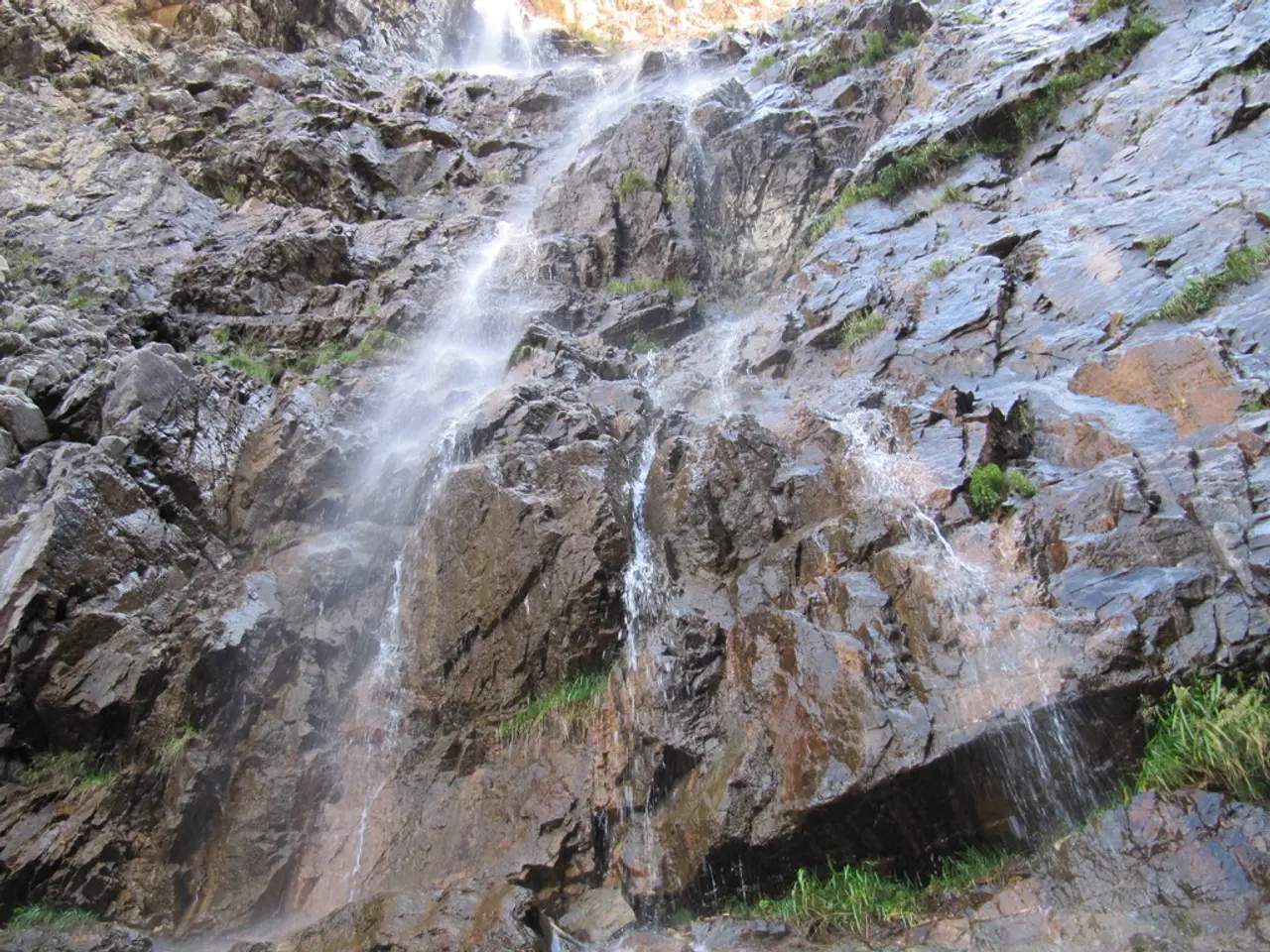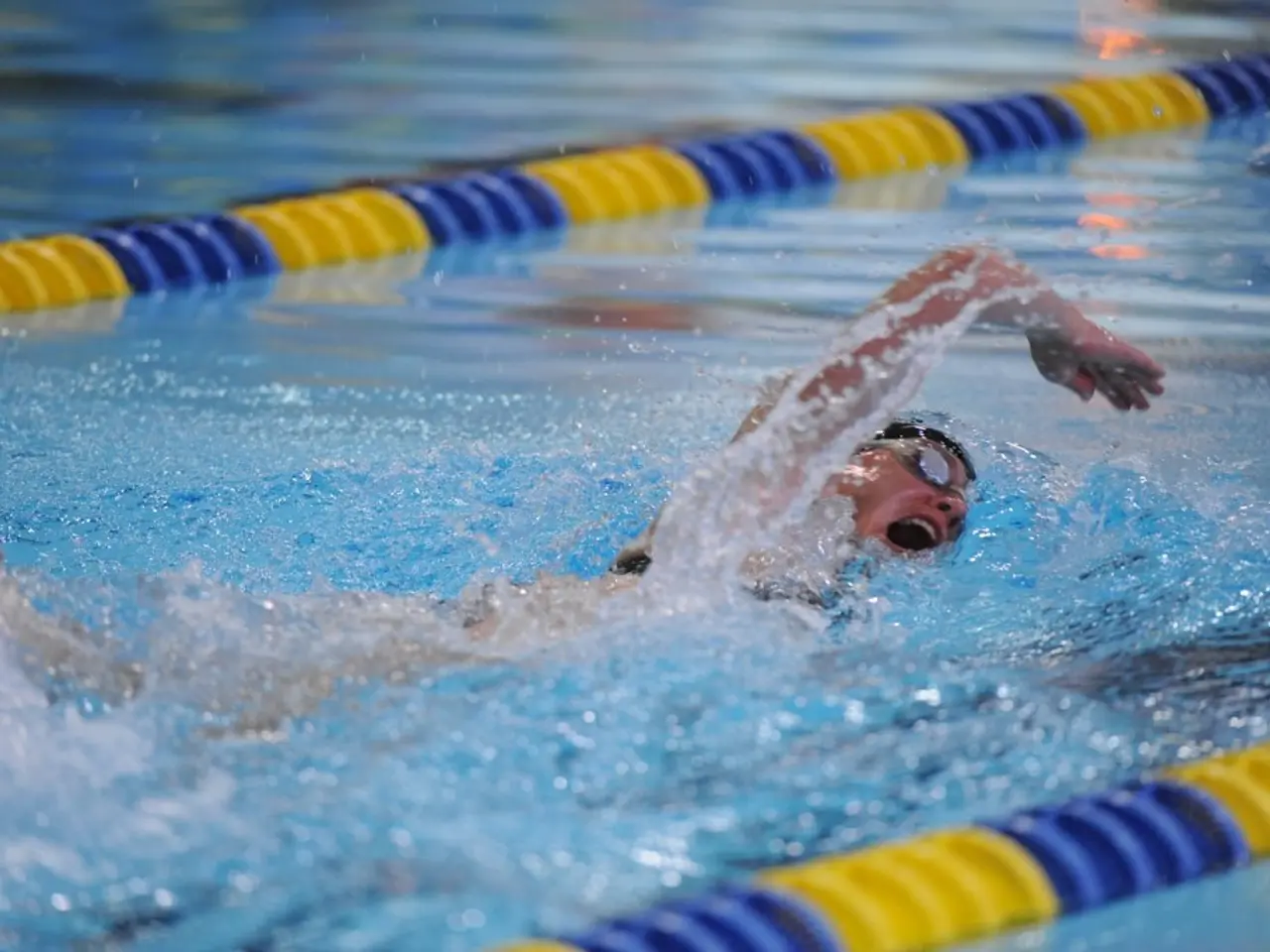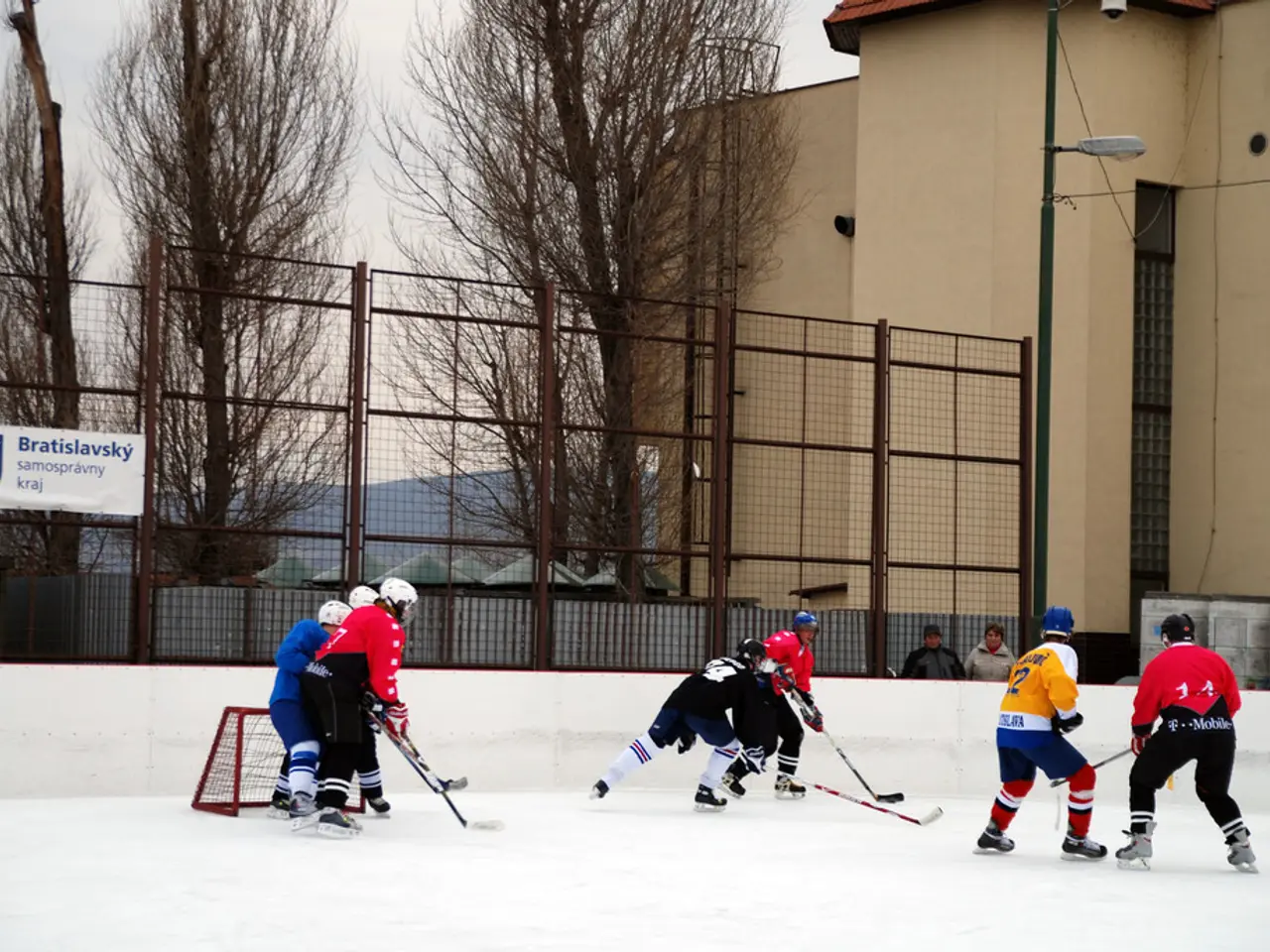Desperate to Rescue Her at Any Cost
In the picturesque town of Garmisch-Partenkirchen, a memorial has been established in the Parish Church of St. Martin, honouring the life of former biathlete Laura Dahlmeier. The memorial serves as a poignant reminder of the mountaineer's spirit and her love for adventure, which led her to the treacherous heights of the Karakorum mountain range.
Dahlmeier, a two-time Olympic champion, tragically lost her life in a rockfall at an altitude of 5,700 meters on the Laila Peak. Her rope partner, Marina Krauss, was spared from the direct impact but was still within the danger zone.
The accident occurred under unforeseen circumstances, as an uncharacteristic heat wave may have loosened the stones that caused the rockfall. The conditions during Dahlmeier's ascent were initially favourable, but the mountain's conditions changed drastically the following day.
Mountaineer Thomas Huber, who was part of the rescue team, confirmed Dahlmeier's demise after a helicopter flight to the accident site. Huber, a fellow climber, wrote on Instagram that Dahlmeier lived her dream until the very end and was a role model for living life with love, passion, and fire.
Despite the tragic loss, Huber announced his intentions to embark on another mountain tour to do what he loves most. He requested respect in reporting and comments regarding the impromptu press conference the previous day.
The Garmisch town hall is proceeding cautiously with plans to commemorate Dahlmeier, waiting for the family's request before getting involved. Friends, neighbours, colleagues, and former classmates were invited to hold a service at the memorial site.
The Laila Peak remains open to climbers, a testament to the inherent risks and challenges that come with mountaineering. However, the incident serves as a stark reminder of the importance of safety measures and protocols, especially in the Karakorum mountain range.
Expeditions in the region emphasise gradual acclimatization, careful weather monitoring, starting summit attempts early, choosing high camps in sheltered locations, and adhering to roping techniques and self-arrest methods. Climbers also select campsites out of known avalanche zones, use fixed ropes in wind-exposed or icy sections, and employ technical gear like crampons and ice axes to secure footing.
These protocols are essential, given the steep, mixed terrains of the Karakorum, where objective hazards such as avalanches, rockfall, and severe weather make cautious planning and execution mandatory.
Three climbers, including Dahlmeier, have lost their lives in the region this year alone, underscoring the need for vigilance and adherence to safety guidelines. Marina Krauss, Dahlmeier's rope partner, was 'just lucky' to have avoided the rockfall, a reminder of the unpredictable nature of mountain climbing.
As we remember Laura Dahlmeier, let us also remember the lessons her tragic death teaches us about the importance of safety in the face of adventure. Her spirit will continue to inspire those who knew her and those who learn of her story, a testament to a life lived with love, passion, and fire.
- Despite the tragedy in the Karakorum mountain range, mountaineer Thomas Huber intends to continue climbing and emphasizes the importance of safety protocols, like gradual acclimatization, weather monitoring, early summit attempts, and adhering to roping techniques and self-arrest methods.
- The accident that claimed biathlete Laura Dahlmeier's life serves as a reminder of the unpredictable nature of mountain climbing, and the necessity of adhering to safety guidelines to reduce incidents, especially in regions like the Karakorum where risks are particularly high due to objective hazards such as avalanches, rockfall, and severe weather.








